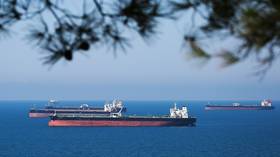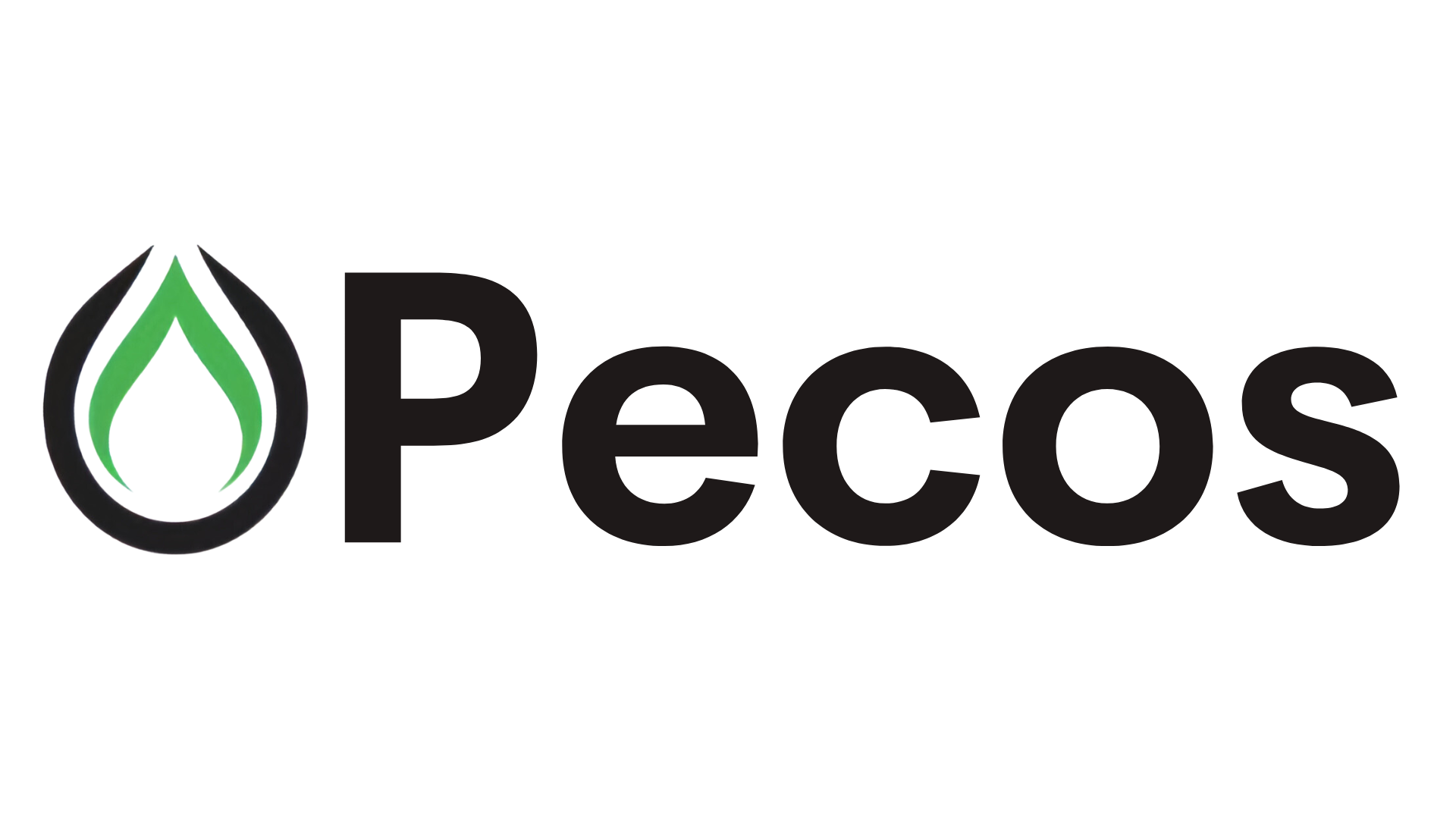If the economic bloc manages the balance of opportunities and challenges presented by the new member correctly, it could become a powerful asset
It has been almost a year since Egypt officially joined BRICS, becoming one of the new members alongside Iran, the United Arab Emirates, and Ethiopia. This strategic move was driven by Egypt’s ambition to strengthen its economic and political influence on the international stage.
Joining BRICS has granted Egypt access to expanded trade and investment opportunities with member states. Moreover, its participation in the BRICS New Development Bank (NDB) provides vital funding for large-scale infrastructure projects, fostering economic modernization and the creation of new jobs.
Today, BRICS stands as a formidable economic bloc, showcasing significant potential and positive opportunities for its member countries. By the end of 2024, BRICS’ share of global GDP, measured by purchasing power parity, is projected to reach 36.7%, surpassing the 30% share held by the Group of Seven (G7). This data was highlighted by Russian President Vladimir Putin during his address at the expanded BRICS summit in Kazan in October. He noted that most member countries are expected to experience accelerated economic growth in the medium term, with an average growth rate of 3.8% for BRICS economies in 2024-2025, compared to the anticipated global GDP growth of 3.2-3.3%.
President Putin also noted that back in 1992, the G7 countries accounted for 45.5% of global GDP, while BRICS held a mere 16.7%. Over the past three decades, this dynamic has changed dramatically. He emphasized that BRICS nations have become primary drivers of global economic growth and will continue to contribute significantly to the world’s GDP in the foreseeable future.
Advantages and challenges of Egypt’s BRICS membership
For Egypt, a country with a population exceeding 100 million and an economy striving for diversification and growth, membership in BRICS holds strategic significance. One of the most notable benefits is the expansion of economic ties.
In 2022, the total trade volume between Egypt and BRICS nations exceeded $31 billion, with imports surpassing $28 billion, underscoring Egypt’s significant reliance on imports from these countries, particularly China, which accounted for around $15 billion of the trade volume. India and Russia also play substantial roles as trade partners, with trade volumes of approximately $5 billion and $4.5 billion, respectively. Thus, BRICS membership offers Egypt an opportunity to strengthen these partnerships and widen access to markets for its products.
Participation in BRICS provides Egypt with access to financial resources from the NDB, established to support infrastructure projects in developing countries. Given Egypt’s large-scale initiatives, such as the construction of a $58 billion new administrative capital, access to NDB funding is crucial. This can expedite the completion of key projects in transportation, energy, and telecommunications.
Foreign direct investment (FDI) plays a pivotal role in the growth of Egypt’s economy. In 2022, total FDI in the country reached approximately $8.9 billion, a substantial part of which came from BRICS nations, including China and India. Membership in BRICS could bolster investor confidence, leading to increased investments in industries, agriculture, and new technologies.
A major advantage of BRICS membership is the potential for technological transfer. Collaboration with leading technological and innovative powers such as China and India could accelerate the modernization of vital sectors in Egypt’s economy, enhancing its global competitiveness.
BRICS membership also strengthens Egypt’s international standing and allows it to actively participate in global processes. The bloc often advocates for reforming international financial institutions like the IMF and World Bank, and Egypt can join these efforts. This involvement bolsters its diplomatic leverage, providing opportunities to advance the interests of developing countries and support global initiatives aligned with its national priorities.
Furthermore, BRICS offers Egypt a platform to diversify its foreign policy. In an increasingly multipolar world, Egypt can balance its relationships with traditional Western partners by fostering ties with Eastern and Southern nations. This is strategically vital for mitigating risks associated with reliance on a limited group of partners.
However, despite the evident advantages, there are certain challenges. A significant issue is the persistent trade deficit, which in 2022 stood at approximately $25 billion, highlighting the substantial imbalance between imports and exports. While BRICS membership may open new export markets, Egypt will need to make considerable efforts to boost the competitiveness of its goods.
Another potential risk, as pointed out by experts, is the possible deterioration of relations with Western partners, such as the United States and the European Union, which view economic partnerships like BRICS with concern, as they challenge Western economic and political hegemony. The annual US military aid of around $1.3 billion is a crucial factor in Egypt’s security framework. Strengthening ties with BRICS, which includes US competitors Russia and China, could lead to increased pressure on Cairo from the West.
Domestic challenges also merit attention. Egypt’s unemployment rate stood at approximately 7.4% in 2022, while the poverty rate was around 29.7%. If the economic benefits of BRICS membership are not broadly felt by the public, particularly with potential Western interference, this could fuel social discontent and increase internal pressure on the government.
In conclusion, Egypt’s membership in BRICS presents significant opportunities for economic and political growth. Direct investments, access to financial resources, and enhanced global influence can foster stable economic development and an improved standard of living. However, existing challenges require a balanced and strategic approach.
Active investment in competitive sectors, reinvestment of economic gains into social programs, and strengthening export capacity will enable Egypt to minimize risks and solidify its position on the global stage alongside other BRICS nations.
What does BRICS gain from Egypt’s membership?
The expansion of BRICS is driven by the desire to enhance its influence on the international stage and strengthen economic ties with developing regions. However, Egypt’s inclusion in BRICS brings both advantages and certain risks for the bloc as a whole.
One of the key benefits of including Egypt is the increased geopolitical leverage of BRICS. Strategically located at the crossroads of Africa and the Middle East, Egypt holds significant sway in international politics. The Suez Canal, linking the Mediterranean and Red Seas, is a crucial global shipping route. According to the Suez Canal Authority, over 22,000 vessels transited the canal in 2022, accounting for approximately 9% of global maritime trade. This positions Egypt as a vital partner for countries with interests in global trade and logistics.
Egypt’s membership extends BRICS’ sphere of influence and strengthens the bloc’s presence in the Middle East, a region dominated by Western and Asian powers. This also enables BRICS nations to solidify their diplomatic positions and engage more actively in regional conflict resolution and economic development.
As one of Africa’s largest economies, Egypt presents an attractive market for investment and trade. With a GDP of $387 billion in 2022 (according to the World Bank), Egypt maintains a leading position on the continent and demonstrates steady growth despite economic challenges. Its membership in BRICS promotes stronger economic ties and creates new opportunities for trade and investment collaboration.
For instance, BRICS nations such as China and India have already made significant investments in Egypt’s infrastructure and industry. Membership in the bloc could further deepen these connections and increase trade volumes between Egypt and BRICS countries.
Egypt holds substantial natural gas reserves, particularly following the discovery of the Zohr field in 2015, the largest gas field in the Mediterranean. Gas production is a key element of Egypt’s energy strategy and could become an important factor for BRICS’ energy security, especially amid global competition for resources. Collaboration with Egypt enables BRICS countries to bolster their positions in the energy market and diversify supply sources.
Despite promising economic prospects, Egypt faces internal economic difficulties. The inflation rate in 2022 reached 21.9% (as reported by the Central Bank of Egypt), indicating macroeconomic instability. The situation has further deteriorated following the conflict in Gaza. High inflation and currency fluctuations could complicate long-term investments and economic cooperation with Egypt, posing risks for BRICS, as economic instability in one member could negatively impact financial and trade flows within the bloc.
Egypt’s political landscape is also complex, marked by periodic internal conflicts and political tensions. Although the country has experienced relative stability in recent years, it remains vulnerable to social upheaval, particularly amid economic challenges. Egypt’s integration into BRICS could pose challenges for the bloc, as political instability and social unrest may hinder collaboration and joint decision-making.
Some experts believe that Egypt’s inclusion in BRICS could exacerbate competition for resources and attention among other member states. Disputes over the allocation of investments and trade quotas may create internal friction. For example, India and China, major economic players within the bloc, could compete for influence and economic opportunities in Egypt, potentially weakening the bloc’s cohesion.
Egypt’s membership represents a significant strategic addition to BRICS, expanding its geopolitical reach and economic capacity. Egypt’s geographic location, role in global trade through the Suez Canal, and energy potential are strong assets that could benefit all member states. However, Egypt’s internal economic and political challenges present certain risks that require careful attention and strategic management. For BRICS, balancing the benefits of a new member with the associated challenges is essential to maintaining the bloc’s stability and integration.
Egypt’s participation in BRICS is mutually advantageous, benefiting both Cairo and the entire organization. With its strategic geographic position and developed infrastructure, Egypt could serve as an important bridge between Africa, the Middle East, and BRICS, fostering stronger economic ties and collaboration. For Cairo, membership opens access to investments, technology, and new markets, accelerating economic growth and diversifying its economy. Simultaneously, membership enhances Egypt’s political independence, enabling it to adopt a more balanced foreign policy and reduce reliance on Western economic structures.
For BRICS, Egypt’s inclusion broadens the bloc’s geopolitical influence and strengthens its position in the global economy. This contributes to the formation of a multilateral framework where member countries collaborate as equals, without dominance from major Western powers. Joint efforts within BRICS help counteract the West’s disruptive hegemony, establishing a resilient platform for economic and political cooperation amid growing global challenges. In this context, Egypt, joining BRICS, can play a pivotal role in shaping a new world order rooted in principles of multipolarity and mutual respect.
Source: Rt.com
We give you energy news and help invest in energy projects too, click here to learn more
Crude Oil, LNG, Jet Fuel price quote
ENB Top News
ENB
Energy Dashboard
ENB Podcast
ENB Substack

 Dunkelflaute is a cursed word in the German electricity sector.
Dunkelflaute is a cursed word in the German electricity sector.















